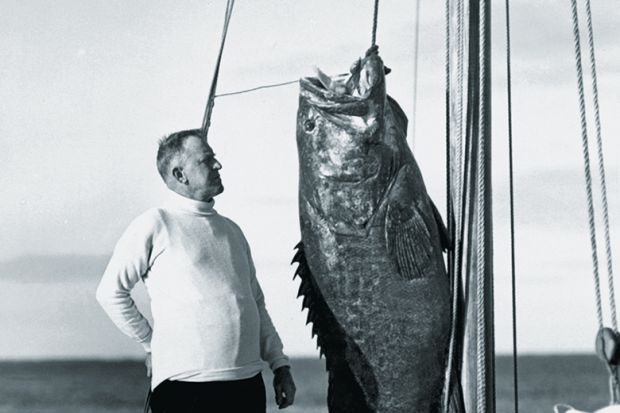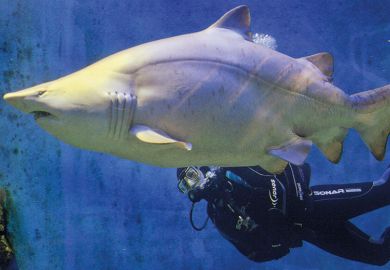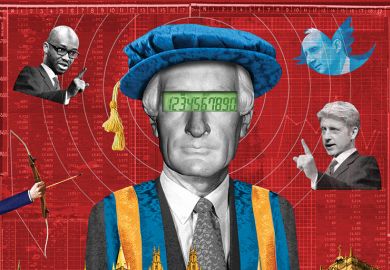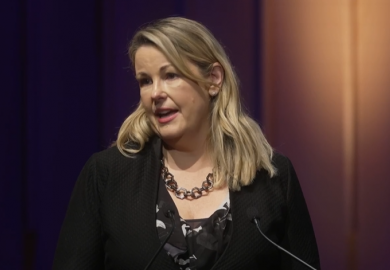The salary gap between Australia’s university bosses and their staff has widened after solid pay rises launched more vice-chancellors into the million-dollar club.
The typical remuneration package for the heads of the country’s 38 public universities stood at A$913,000 (£519,000) last year, with vice-chancellors pocketing average increases of 5.1 per cent – more than double the raises doled out to academics and general staff.
If pro-rata earnings are calculated for leaders who did not serve a full academic year, the pay packet is even higher, reaching A$939,000. Thirteen Australian vice-chancellors earned more than A$1 million last year, up from 11 in 2016, with signs that others will soon join them. On current trends, the average pay package will exceed A$1 million next year.
Male vice-chancellors have probably passed that milestone already, with their remuneration averaging A$955,000 in 2017, up about 5 per cent on the previous year. The package of the average female university leader, which stood at A$900,000 last year, and was increasing less quickly, is set to pass A$1 million in 2020.
Yet, despite the eye-watering sums, executive pay remains less of a hot topic in Australia than in the UK, where vice-chancellor pay is much lower. Average salaries in the UK stand at £268,103, or £289,756 once pension contributions are included – less than any Australian university boss apart from Peter Sherlock of the University of Divinity, a niche institution with 590 students.
The pay of Australia’s top-earning university leader – the University of Sydney’s Michael Spence, who is on A$1.4 million – was nearly twice that of the UK’s best-remunerated vice-chancellor last year, Bath Spa University’s Christina Slade, ironically an Australian – whose £808,000 package included a £429,000 exit payment.
Australian vice-chancellors’ remuneration, 2017
Source: public Australian universities’ 2017 annual reports, using mid-points of published remuneration ranges unless precise figures were disclosed. A$1=£0.57. Not directly comparable: 2017 and 2016 figures not directly comparable because of vice-chancellors starting or ending their terms mid-year. NR: not ranked
Australia’s National Tertiary Education Union, however, has raised concern that vice-chancellors earned eight times the salary of senior lecturers in 2017. The NTEU said that the average starting pay for a senior lecturer had risen 2.4 per cent to about A$117,300.
The NTEU said that academic salary increases had ranged from 4.5 per cent at one university to zero at five others, with the timing of enterprise negotiations affecting some pay rises. Most universities had awarded increases of between 1 per cent and 3.5 per cent, it said.
Pay for the average administrator also rose by 2.4 per cent to about A$77,200, about a 12th of a vice-chancellor’s remuneration. The union said that a typical university chief would earn the equivalent of a professional employee’s annual pay rise by lunchtime in a single day, and a senior lecturer’s salary increase by afternoon tea.
NTEU president Jeannie Rea said that vice-chancellors’ rising pay packets contrasted with a “constant decline in ongoing decent jobs” at universities. “They just keep going for more contracts and more casualisation,” she said.
Andrew Norton, higher education director at the Grattan Institute, said that university finance committees had become stacked with business people “who have a very unrealistic sense of what salaries should be in the higher education sector. Resentment against university management has always been part of university culture, but this exacerbates it.”
John Shields, deputy dean of the University of Sydney Business School, said that a “ratcheting up” of administrative salary levels had spawned an “executive elite” in Australia’s big universities. But he said that it would be simplistic to attribute the trend to pure greed.
Professor Shields said that many Australian universities were now only “nominally” government institutions, with the bulk of their money coming from student fees and other private sources. “The decline of public sector funding has contributed to a process of privatisation of the income stream, and corporatisation of the governance mechanisms – and I’m a beneficiary of that process, as deputy dean.”
V-c pay in UK, US and Australia
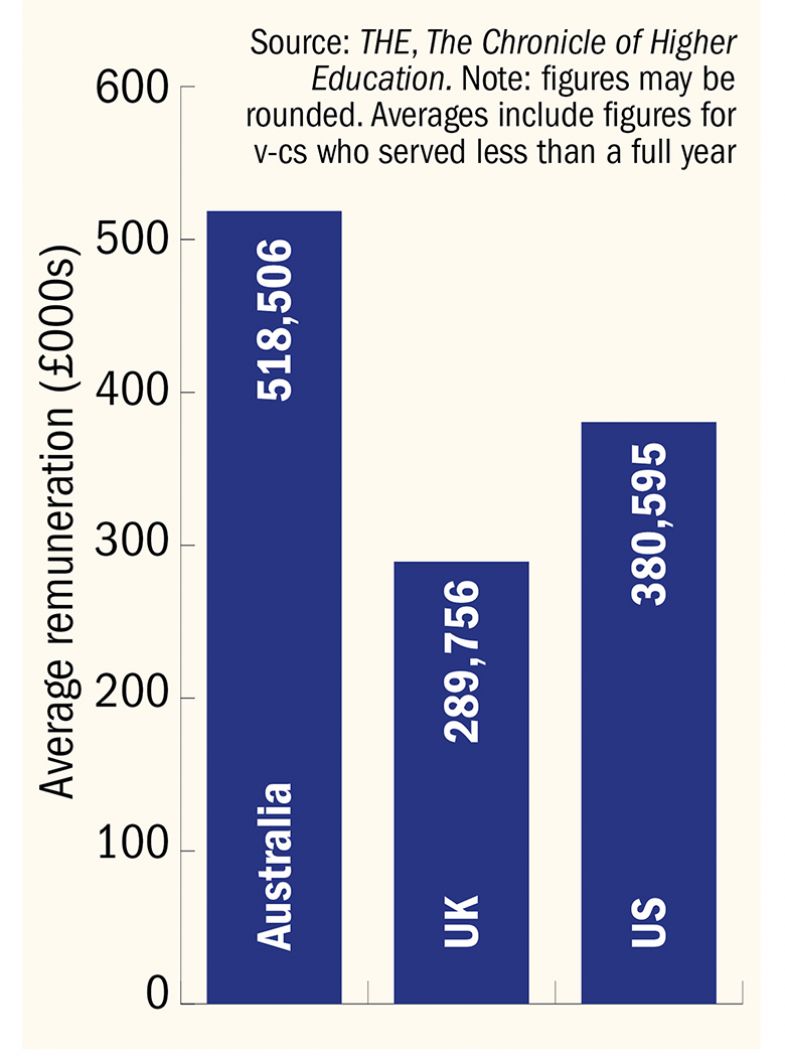
The pay packages of Deakin University’s Jane den Hollander, RMIT University’s Martin Bean, the University of South Australia’s David Lloyd and the University of Technology Sydney’s Attila Brungs all moved into seven figures last year.
Meanwhile, Monash University boss Margaret Gardner’s salary dipped below A$1 million because of a change in her pay cycle. Professor Gardner was among seven vice-chancellors whose remuneration declined, often because of altered performance pay arrangements, while some vice-chancellors rejected bonuses.
After Dr Spence, Australia’s top earners were the Australian Catholic University’s Greg Craven and Melbourne’s Glyn Davis. The biggest increases went to Central Queensland University’s Scott Bowman, who had backdated his annual bonuses to the end of a multi-year contract, and Queensland University of Technology’s retiring boss Peter Coaldrake, whose package is thought to have included a golden handshake.
Mr Norton said that it was ironic that vice-chancellor salaries attracted more criticism in the UK than Australia. He argued that government austerity measures in the UK had inflamed ordinary people’s resentment of high-paid officials.
Australian vice-chancellors also outearn their public university counterparts in the US, where full-year pay packages averaged about $560,000 (£436,000) in 2016-17, according to the latest survey conducted by The Chronicle of Higher Education. However, their salaries pale into insignificance beside the $4.29 million paid to the University of Louisville’s outgoing president, James Ramsay.
POSTSCRIPT:
Print headline: Reeling it in: average Australian v-c’s pay edges towards A$1m
Register to continue
Why register?
- Registration is free and only takes a moment
- Once registered, you can read 3 articles a month
- Sign up for our newsletter
Subscribe
Or subscribe for unlimited access to:
- Unlimited access to news, views, insights & reviews
- Digital editions
- Digital access to THE’s university and college rankings analysis
Already registered or a current subscriber?
